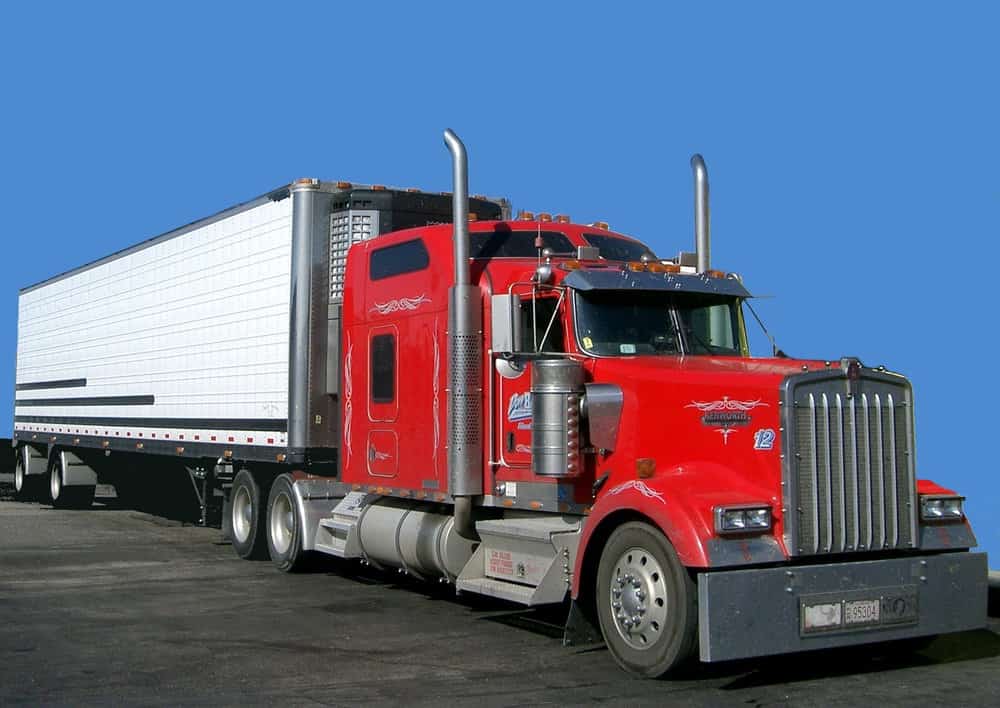
But provision that doesn’t require in-cab documentation of engine year could be problematic
When the Federal Motor Carrier Safety Administration laid out the parameters of its electronic logging device (ELD) rule to electronically track truck driver’s compliance with hours-of-service regulations, it seemed pretty simple: Trucks newer than model year 2000 were required to have the devices. But the language, as is often the case, left some room for confusion. The original Federal Register notice stated it simply: “ELDs are not required on CMVs older than model year 2000.”
It seems clear enough, but the growing popularity of glider kits with owner-operators and smaller fleets complicated the matter. A glider kit is a new truck chassis, usually outfitted with an older engine. They’ve become more desired as new technologies, especially emissions control technologies, have added cost and complexity to trucks, especially surrounding repairs.
The reason trucks older than model-year 2000 were exempted from the ELD in the first place is because the device must connect to the engine control module. On pre-2000 engines, though, the cost to do that could run as much as $10,000 for a retrofit, Mark Schedler, senior editor with J.J. Keller & Associates told FreightWaves.
“The purpose of the exemption to electronic logging devices [rule] for drivers of pre-model year 2000 vehicles was to avoid imposing an excessive financial burden on carriers to connect an ELD to a pre-2000 model year engine,” he says. “Many drivers still operate vehicles with engines older than model year 2000 in vehicles with a registration showing model year 2000 or newer.”
The problem, under the rule, was that it was based on truck model year. A 2007 glider truck with a 1997 engine, for instance, would have fallen under the rule as written but a 1997 model year truck with a 2007 model-year engine would not have, even though the latter could easily connect with little cost.
FMCSA’s new guidance, issued in the form of a clarification Q&A, clears up the confusion, but it also may add a new layer that could snare some truckers.
“When a vehicle is registered, the model year should follow the criteria established by the National Highway Traffic Safety Administration (NHTSA),” FMCSA now says. “There may be instances where the model year reflected on the vehicle registration is not the same as the engine model year, most commonly when a vehicle is rebuilt using a glider kit. In this circumstance, an inspector/investigator should use the model year on the engine to determine if the driver is exempt from the ELD requirements. If the engine model year is older than 2000, the driver is not subject to the ELD rule. In instances in which the engine model year is 2000 or newer, and the vehicle registration reflects a model year older than 2000, the driver is subject to the ELD rule.”
Read more on the ELD mandate
Schedler says that drivers meeting the new guidance will be able to continue using paper logs. One lingering issue could be at the state enforcement level.
“While the driver is not required to possess documentation that confirms the vehicle engine model year, 49 CFR Part 379 Appendix A, requires motor carriers to maintain all documentation on motor and engine changes at the principle place of business,” FMCSA says. “If a determination cannot be made at the roadside, law enforcement should refer the case for further investigation.”
It is easy to see some truck driver getting trapped in this situation by a local law enforcement officer, especially given that all states don’t record model years the same.
“Individual states may not follow this guidance to determine the model year on the vehicle registration when a glider kit is involved,” Schedler says. “Tennessee, for example, uses the model year provided by the manufacturer of the glider kit (not the engine model year) to determine the model year on the registration. The glider kit can be much newer than the engine and the electronic control module.”
While FMCSA is not going to require drivers carry documentation confirming the engine model year, it may be wise to do so anyway.











